SANJIANGYUAN NATIONAL PARK
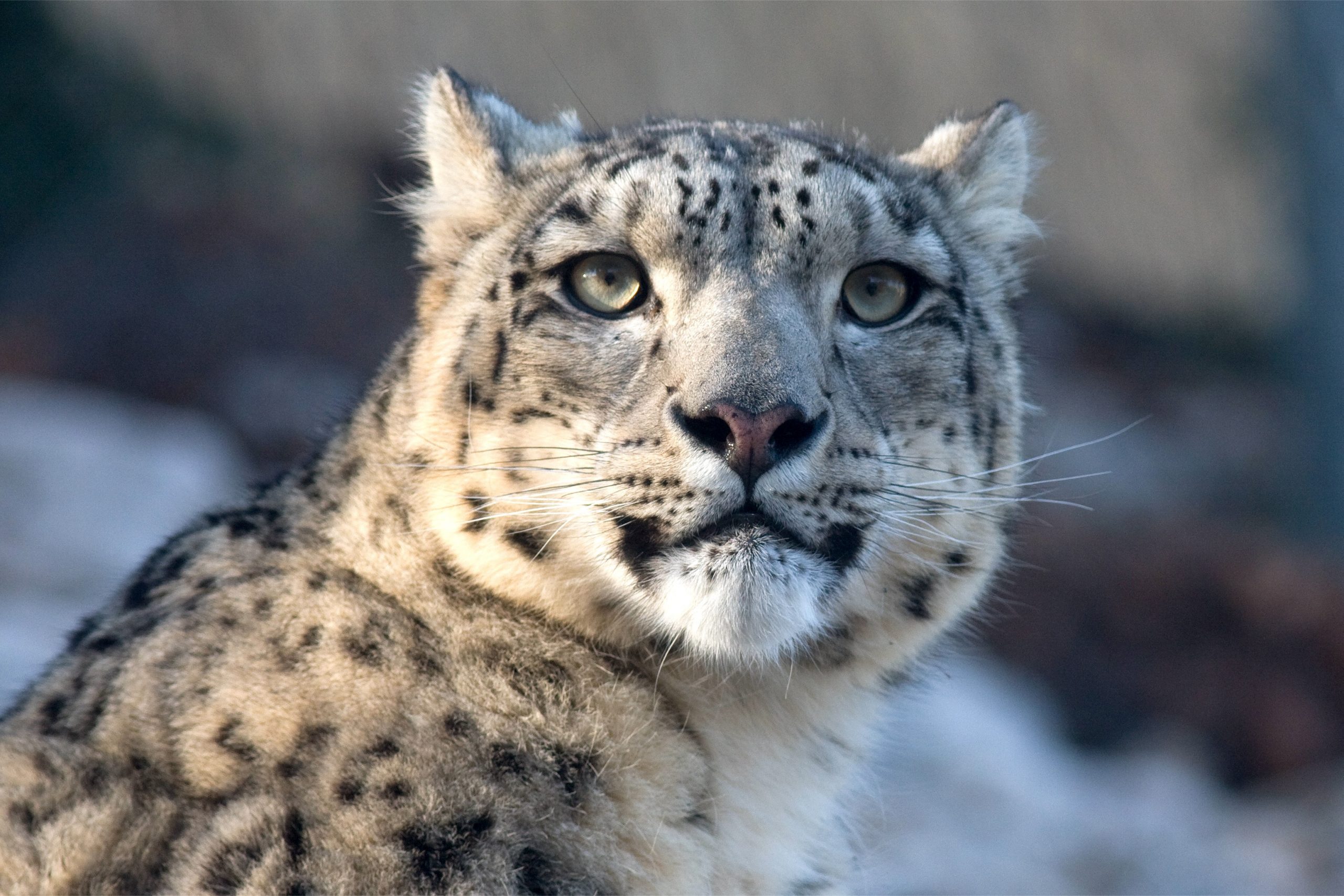
This pristine ecosystem, known as the “Source of Three Rivers”, is a vital facility for wildlife conservation and eco-tourism. The national park, which is the largest in China, is home to the largest snow leopard habitat in the world and is also an important habitat for other animals, such as musk deer, blood pheasants and lammergeiers.
The park’s exceptional biodiversity makes it particularly significant for wildlife conservation. As the world’s largest snow leopard habitat, it provides sanctuary for numerous endangered species, including musk deer, blood pheasants, and lammergeiers. These unique species, perfectly adapted to the high-altitude environment, create a living testament to nature’s resilience.
Against the backdrop of rich Tibetan cultural heritage, the park offers visitors an unparalleled opportunity to witness the harmonious coexistence of nature and tradition. This remarkable destination serves as an ideal starting point for our journey through China’s protected wilderness.
For those interested in exploring this remarkable destination, the park can be seamlessly integrated into a broader Qinghai travel itinerary, allowing travelers to witness first-hand the harmonious relationship between nature and traditional culture in this extraordinary region.
JIUZHAI VALLEY NATIONAL PARK
This UNESCO World Heritage Site is home to over 220 bird species and numerous endangered animals, including the Sichuan golden monkey and the Sichuan takin. Its breathtaking landscapes, featuring colourful lakes and waterfalls, provide a sanctuary for wildlife and an unforgettable experience for visitors.
Jiuzhai Valley National Park is nestled in the majestic Min Mountains, in Sichuan Province, China. This UNESCO World Heritage Site is home to over 220 bird species and numerous endangered animals, including the Sichuan golden monkey and the Sichuan takin. Its breathtaking landscapes, featuring colorful lakes and waterfalls, provide a sanctuary for wildlife and an unforgettable experience for visitors.
While the park’s 108 pristine lakes create a natural palette that changes with the seasons, it’s the integration of local Tibetan and Qiang cultures that truly sets this valley apart. Traditional villages and centuries-old customs blend seamlessly with the landscape, offering visitors a unique perspective on sustainable coexistence.

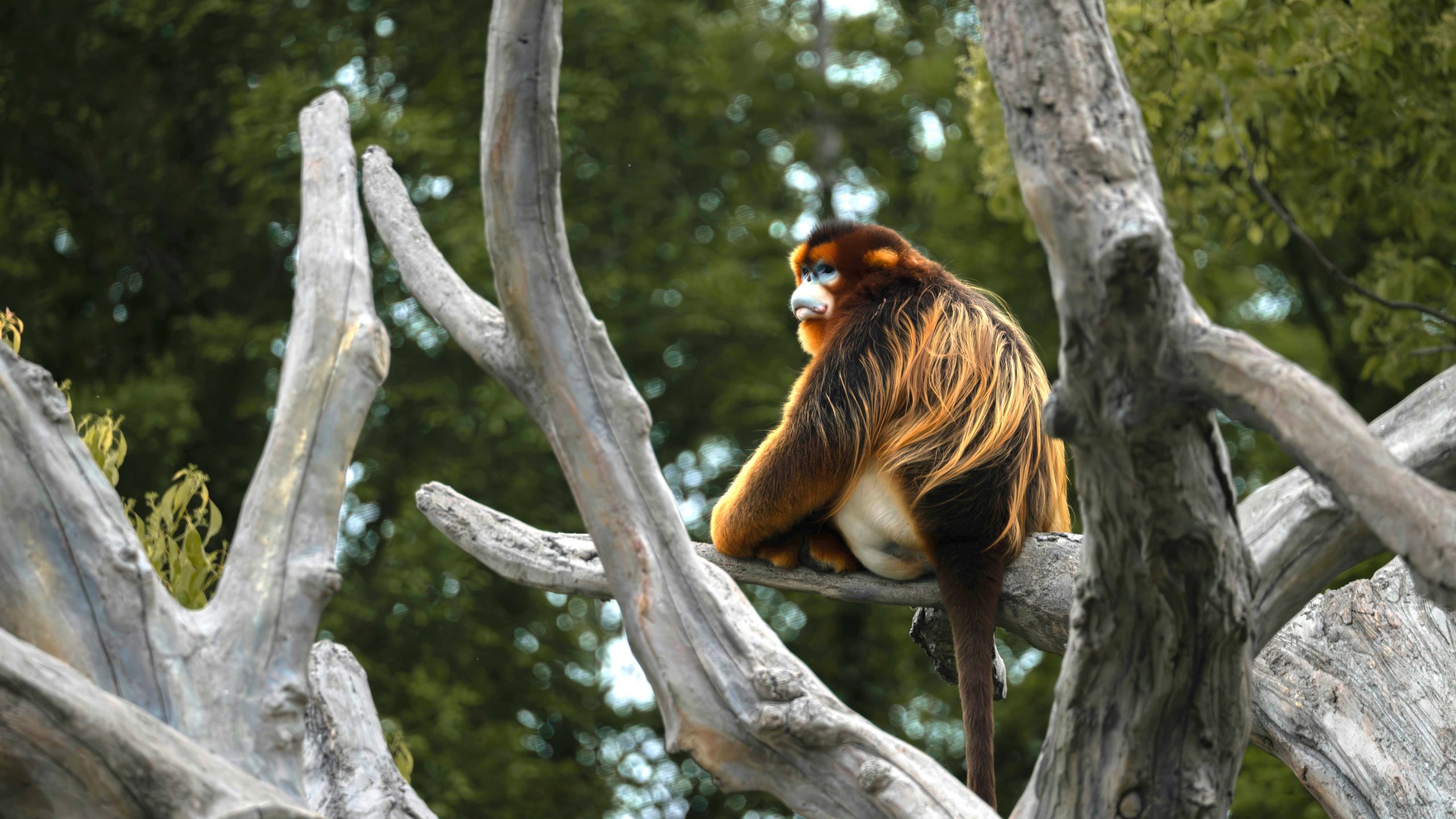
BLACK SNUB-NOSED MONKEY
NATIONAL PARK
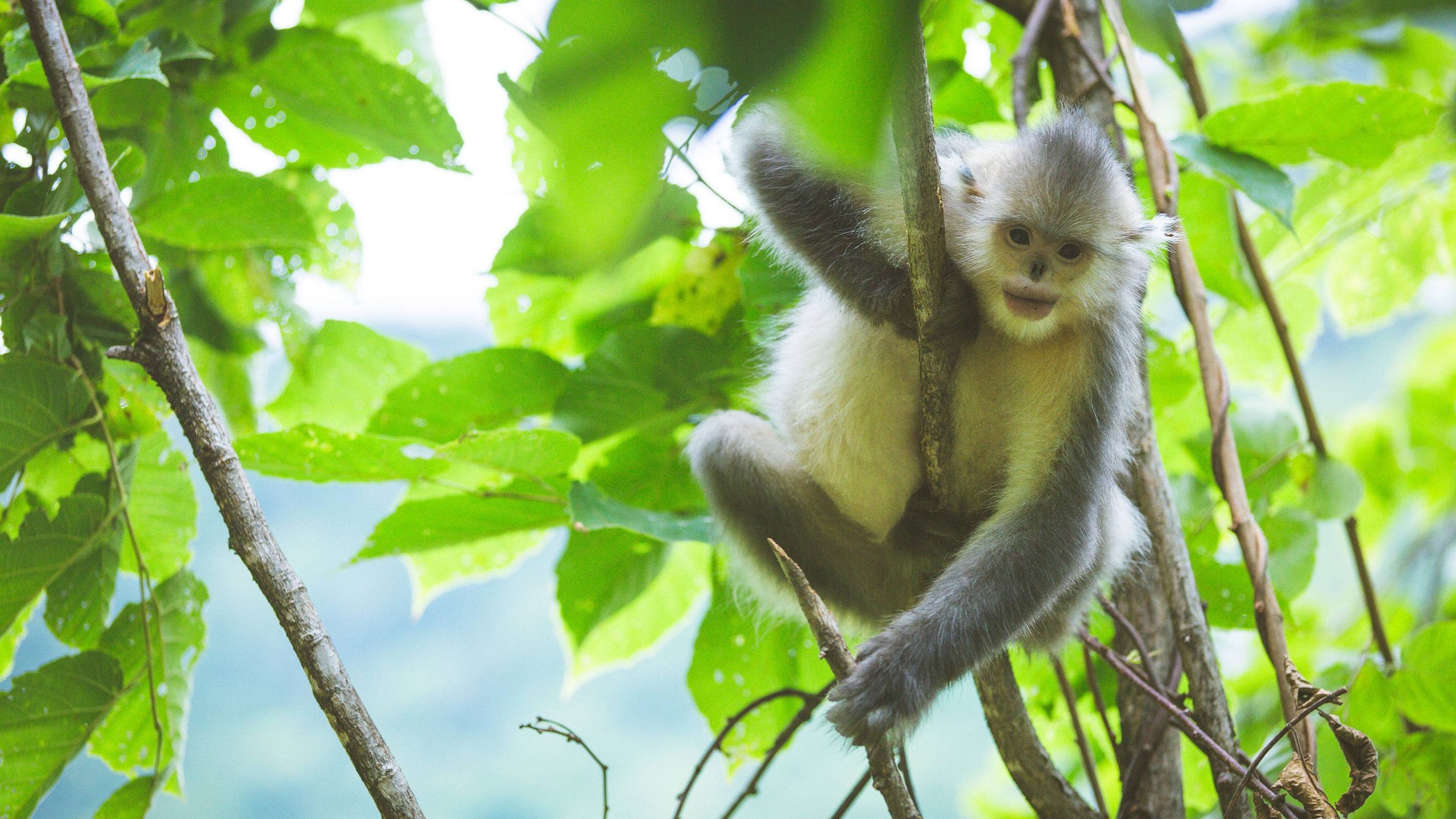
In the diverse landscape of Yunnan Province, this park stands as a crucial sanctuary for the rare black snub-nosed monkey. These elusive primates, known for their striking appearance, represent the success of focused conservation efforts in maintaining endangered species populations.
Set against the backdrop of Yunnan’s stunning mountain landscapes, the park offers visitors a chance to witness these remarkable creatures in their natural habitat. The experience is enhanced by the region’s rich cultural tapestry, where 26 ethnic minorities contribute their distinctive traditions to the area’s unique character.
CHENGDU RESEARCH BASE OF
GIANT PANDA BREEDING AND
DUJIANGYAN GIANT PANDA BASE

The Chengdu Research Base and Dujiangyan facility represent the forefront of scientific conservation efforts for the giant panda (Ailuropoda melanoleuca). These centres combine cutting-edge research with public education, offering visitors insight into evidence-based conservation practices. The facilities’ success in breeding programmes and habitat protection demonstrates the effectiveness of combining scientific research with public engagement.
The Chengdu Research Base, just 10 kilometers from downtown, offers intimate encounters with pandas in a natural setting, particularly during their morning bamboo breakfast. Meanwhile, the Dujiangyan facility, set against the backdrop of a UNESCO World Heritage Site, provides a more immersive experience through keeper programs and rehabilitation insights. Together, these centers demonstrate how modern conservation can successfully balance scientific research with public engagement.
NAPA LAKE, POTATSO NATIONAL
PARK & LASHIHAI WETLAND PARK
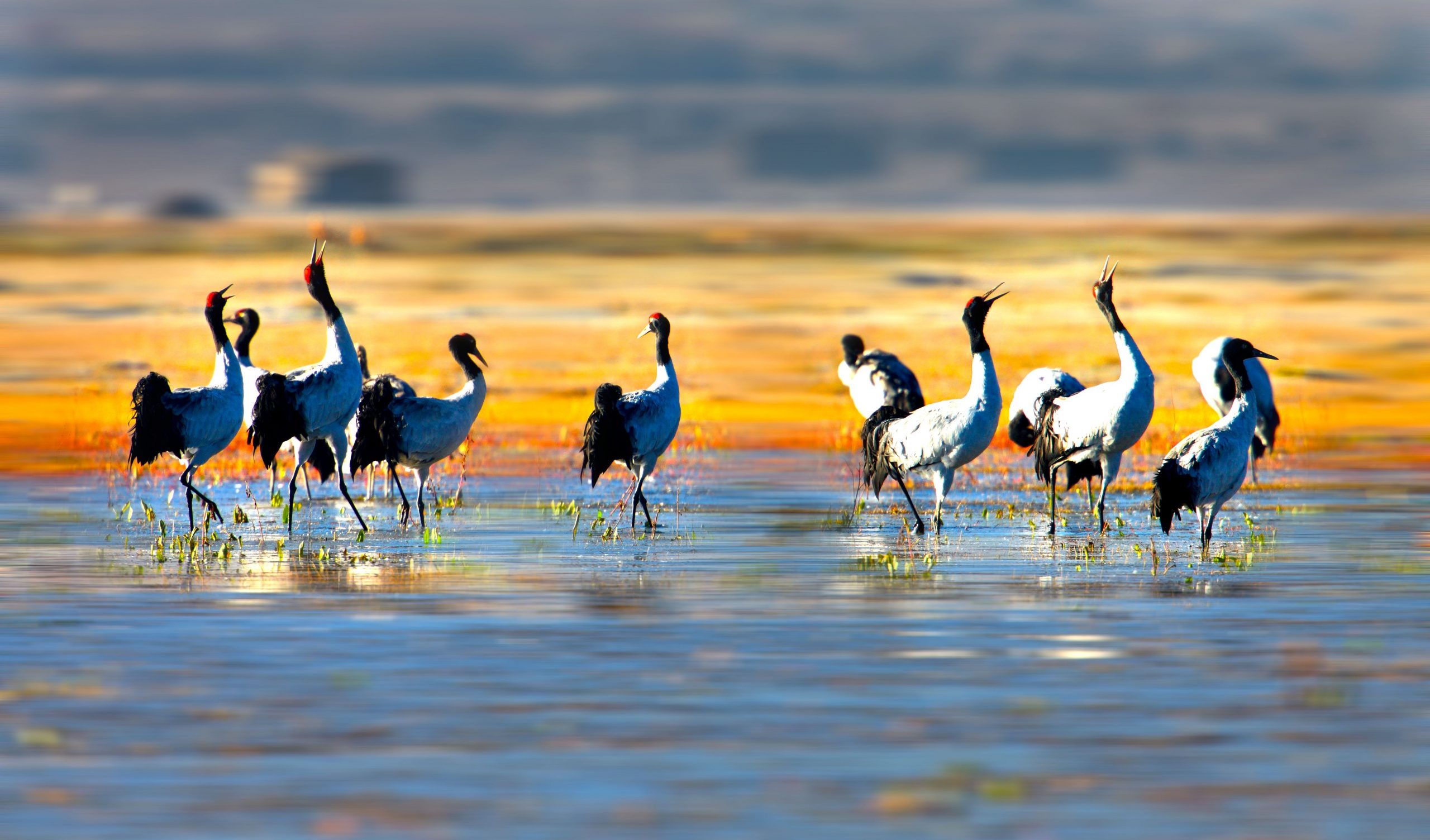
The interconnected conservation areas of Napa Lake, Potatso National Park, and Lashihai Wetland Park form a crucial network for migratory birds, particularly the vulnerable black-necked crane (Grus nigricollis). These protected areas showcase the importance of preserving wetland ecosystems and maintaining migratory corridors, offering visitors the opportunity to understand complex ecological relationships.
Lijiang, home to the Lashihai Wetland Park, is a remarkable fusion of natural beauty and cultural heritage. The UNESCO World Heritage Old Town, with its intricate system of canals and bridges, reflects the unique Naxi culture that has thrived here for centuries. The Lashihai Wetland Park, just a short drive from the ancient town, provides crucial habitat for over 100 bird species. Visitors can explore the wetland’s boardwalks while witnessing the delicate balance between traditional farming practices and wildlife conservation, all set against the dramatic backdrop of the Jade Dragon Snow Mountain.
In the majestic heights of Shangri-La, Potatso National Park and Napa Lake present an ethereal highland ecosystem. This region, perched at an average altitude of 3,300 meters, captures the essence of the Tibetan plateau’s pristine beauty. The park’s alpine lakes, meadows, and forests create a stunning mosaic of habitats, while Napa Lake transforms seasonally from a grassland to a lake, supporting diverse wildlife. Visitors can immerse themselves in Tibetan culture while exploring these natural wonders, making it an extraordinary destination for those seeking both ecological and cultural experiences in China’s southwest frontier.
GAOLIGONGSHAN NATIONAL
NATURE RESERVE
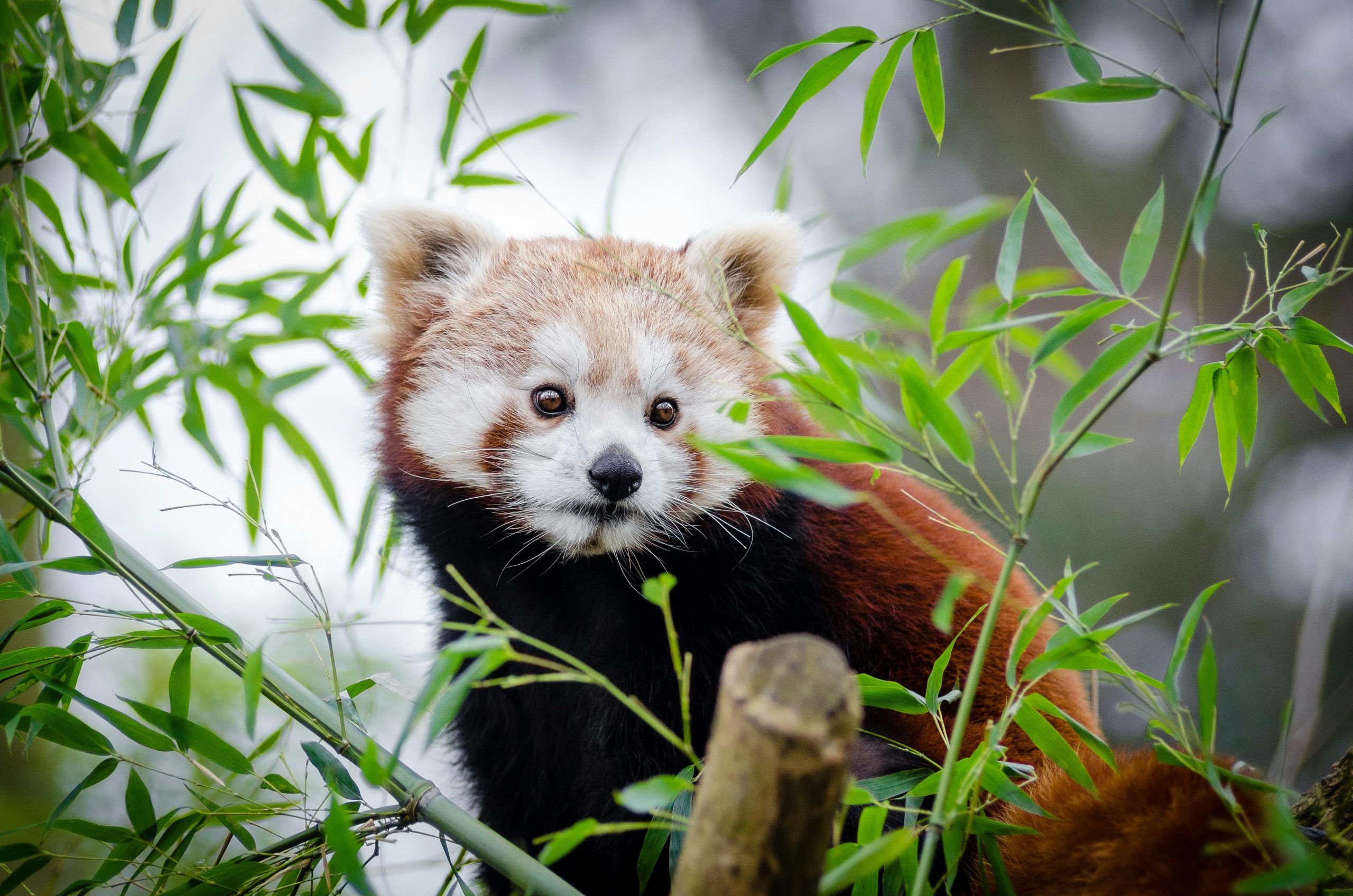
Stretching along the western border of Yunnan Province, this nature reserve protects a wide variety of fauna, including rare and endemic species such as the Skywalker gibbon and the red panda. Of the reserve’s estimated 2,389 animal species, 82 species are categorised as “nationally important”. The rich biodiversity and stunning mountain landscapes here make it a haven for wildlife researchers and eco-tourists alike.
The Gaoligong Mountains showcase one of Asia’s most complete altitudinal vegetation spectrums, from tropical rainforests to alpine meadows. Well-maintained hiking trails allow visitors to explore these pristine ecosystems while experiencing the rich cultural heritage of local ethnic communities, making it an essential destination for those seeking to understand China’s biodiversity hotspots.
NATIONAL PARK OF HAINAN
TROPICAL RAINFOREST
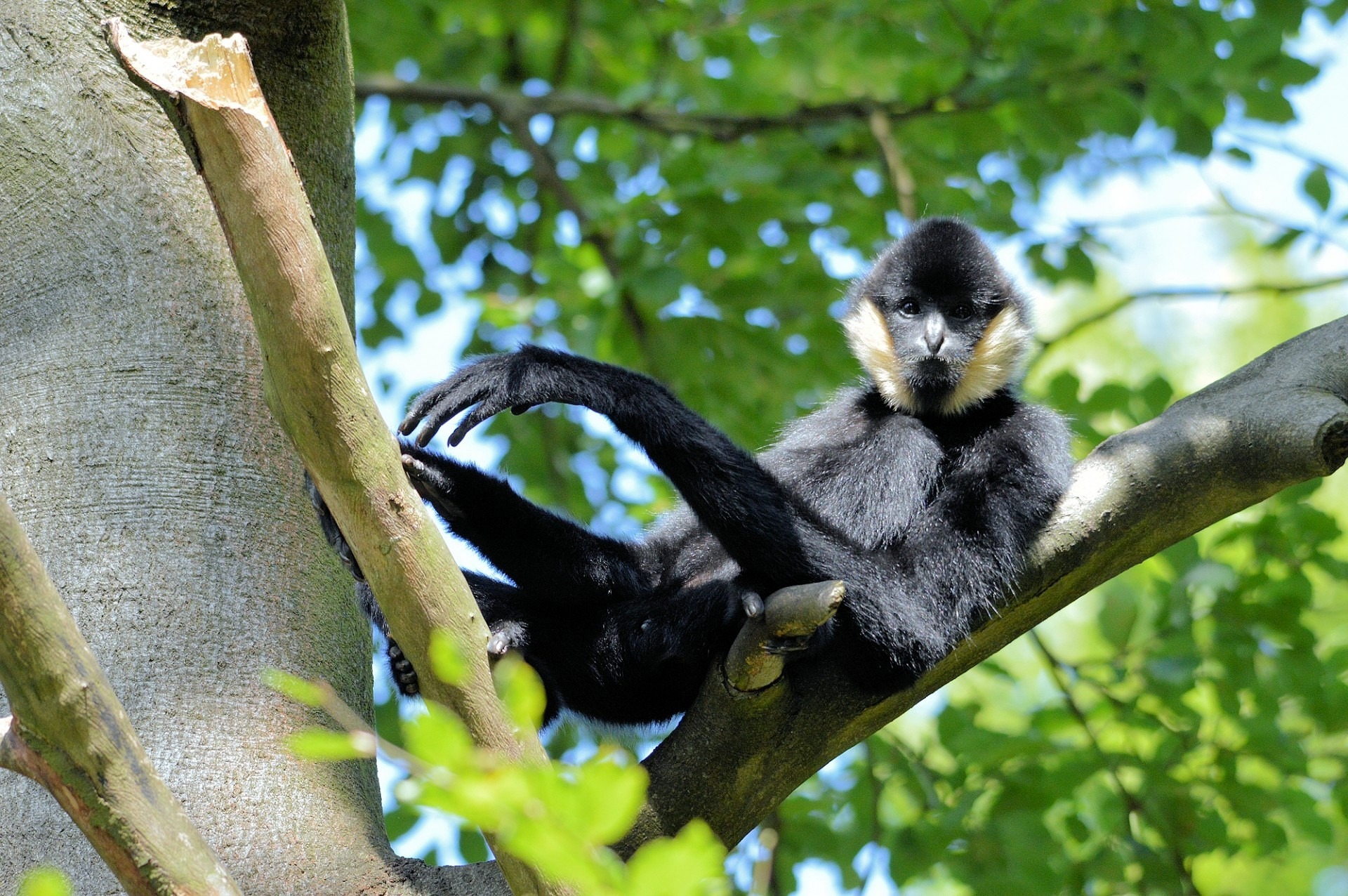
Covering one-eighth of Hainan Island, this vast rainforest encompasses one of China’s most well-preserved national parks. Home to a wide variety of species, the rainforest features incredible biodiversity, including several species of amphibians, reptiles, birds and mammals. The Hainan black-crested gibbon, a national first-class protected animal, is endemic to the island.
This vast rainforest represents nature’s grand finale in our journey through China’s protected areas. Its complex ecosystem, featuring ancient volcanic formations and crystal-clear streams, offers visitors a chance to witness tropical conservation in action. The presence of the endemic Hainan black-crested gibbon makes every visit a potential encounter with one of the world’s rarest primates.
Spanning from the Tibetan Plateau to tropical Hainan, these protected sanctuaries showcase China’s remarkable biodiversity while offering mindful travelers a chance to witness conservation in action. Contact us to explore these natural wonders responsibly.

